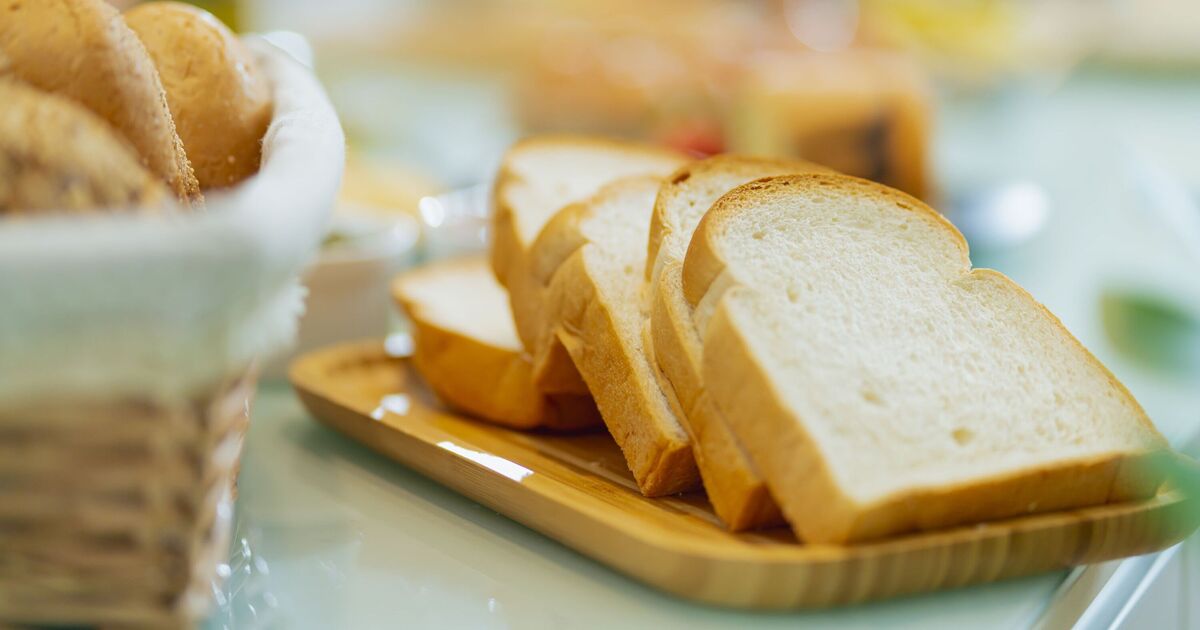Bread is a common staple used daily in sandwiches, toast and as a side for hearty meals. That’s why it can be incredibly inconvenient – and even disappointing – when you reach for the bread and find that mould has already started forming. Whether it’s stored in a cupboard, bread bin, fridge or freezer, many households struggle to keep bread from going stale or moulding.
How you store it – and even what type you buy – can make a surprising difference in its shelf life. From avoiding excess moisture to choosing the right kind of packaging, an expert has shared how to avoid tossing out half-eaten loaves. Sarah Taylor, food hygiene expert at High Speed Training, told Express.co.uk that a buying decision can stretch your grocery budget and cut down on waste.
“It’s the age-old question, should you bin or keep bread with spots of mould?” the expert said. “Mouldy bread is generally best thrown away, as the mould will likely have spread much further through the loaf than is actually visible.”
According to Sarah, there’s one type of bread that outperforms the rest when it comes to staying fresher longer: sliced bread.
She said: “Buying sliced bread is a good, cheaper option for keeping your bread fresh for longer, as mould takes longer to spread throughout the loaf.”
But it’s not just about the type of bread; storage plays an equally important role.
Sarah explained: “To keep your bread fresh for longer, it’s best to keep it covered, either in a bread bin or bread bag, and try to keep the packaging intact and covering as much of the bread as possible.
“You should also keep the loaf away from water, which can speed up the development of mould.”
And for those who don’t go through a loaf quickly, freezing is a smart alternative.
“If you tend to go through your bread slowly, a good option is to freeze it,” the specialist recommended. “This keeps the loaf edible and prevents the spread of mould. To thaw the bread, simply use the defrost setting on your toaster to avoid a soggy slice.”

